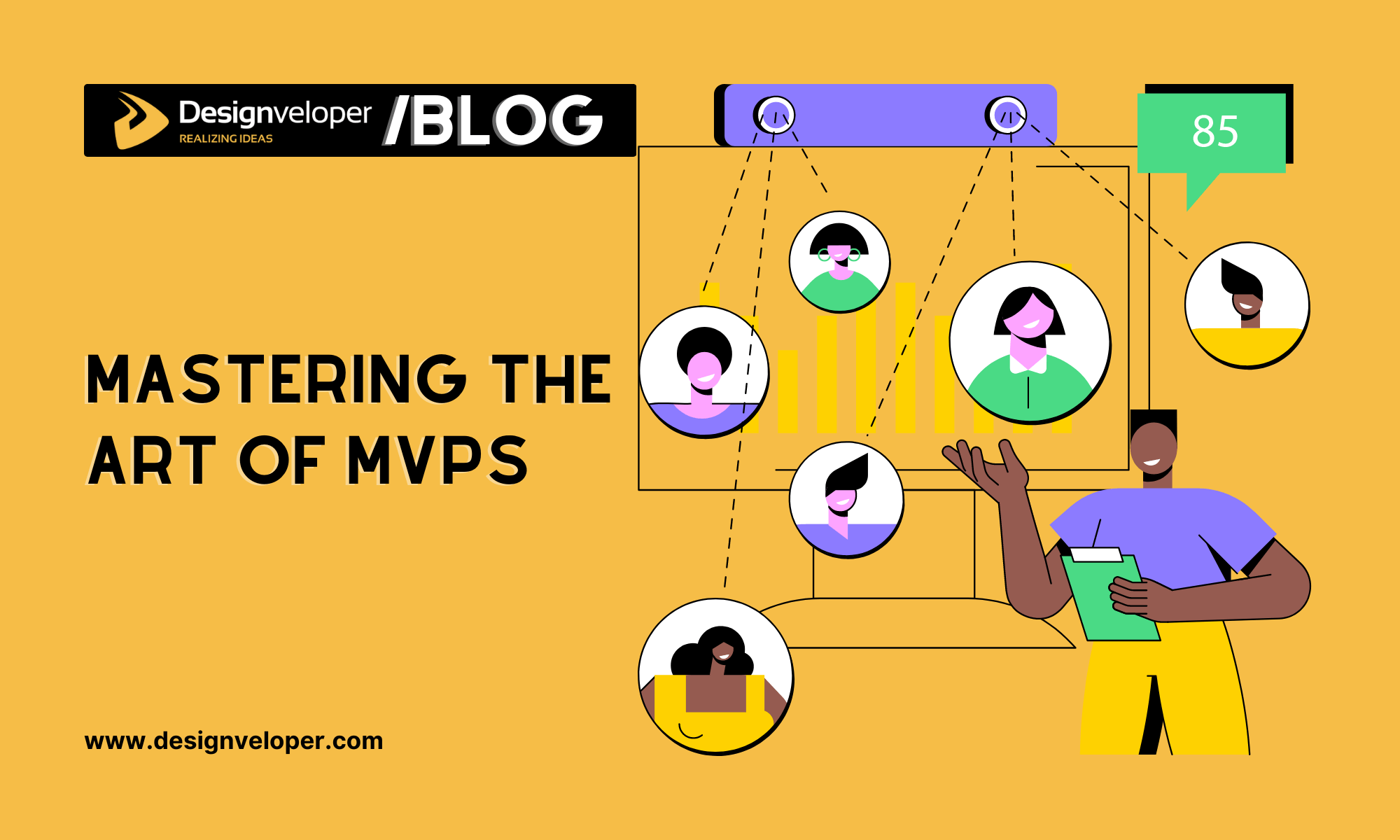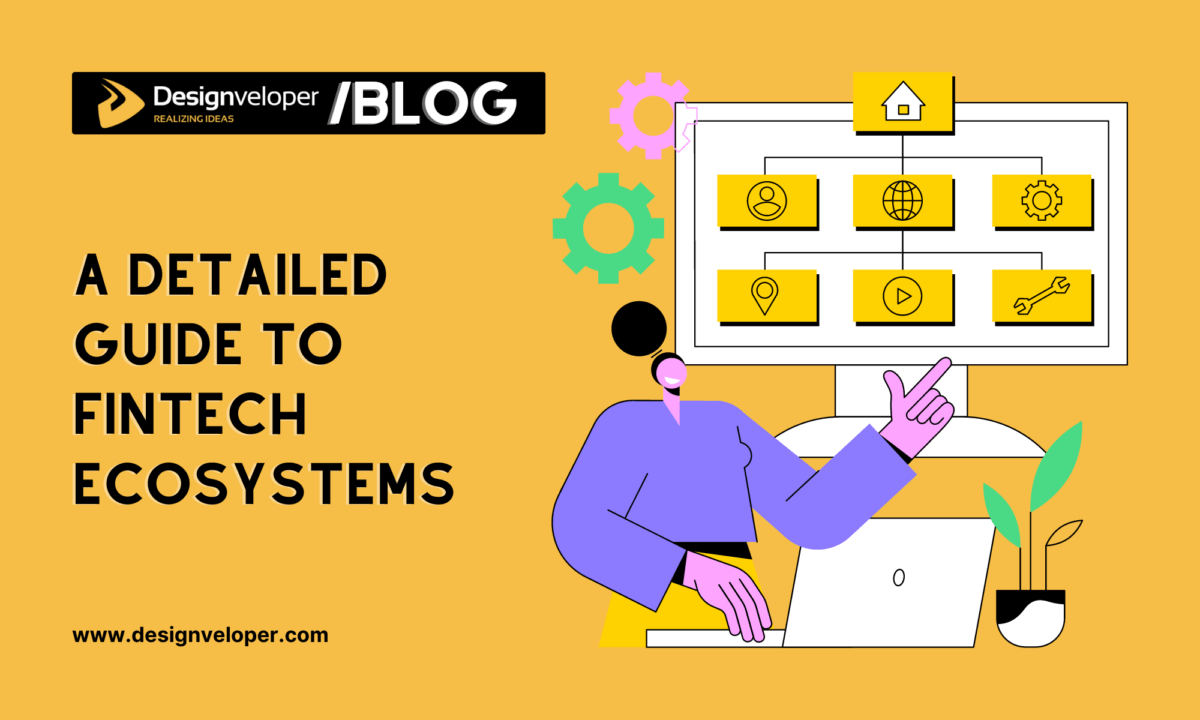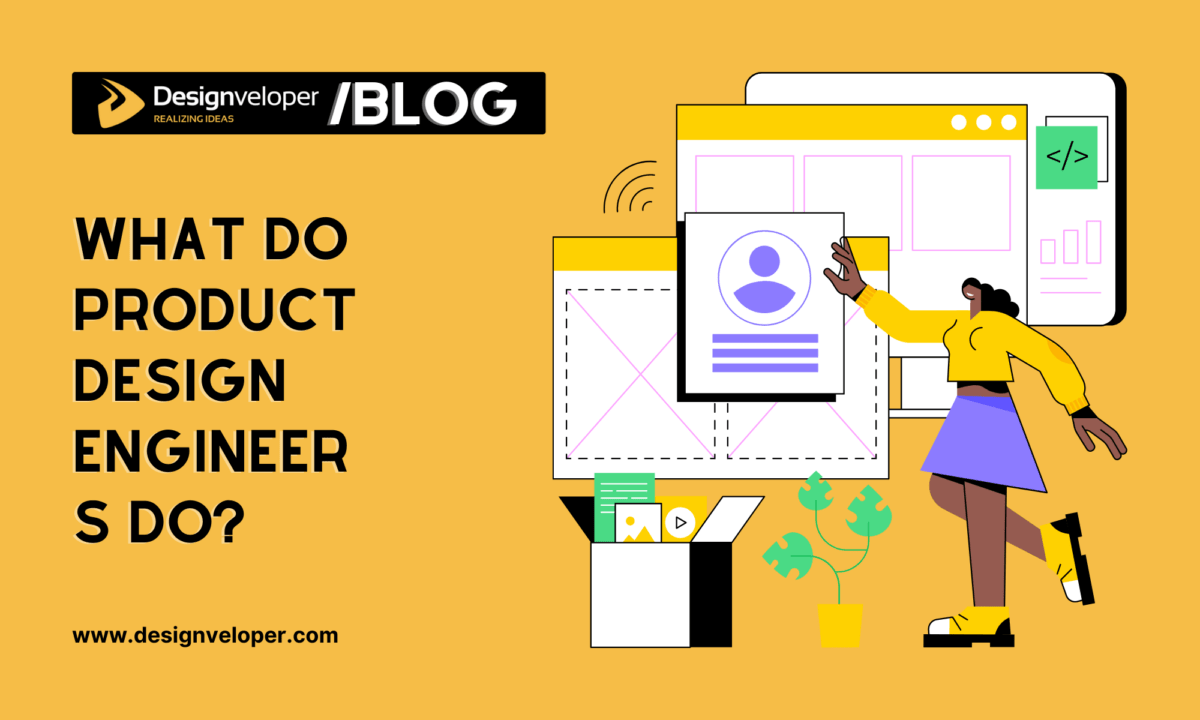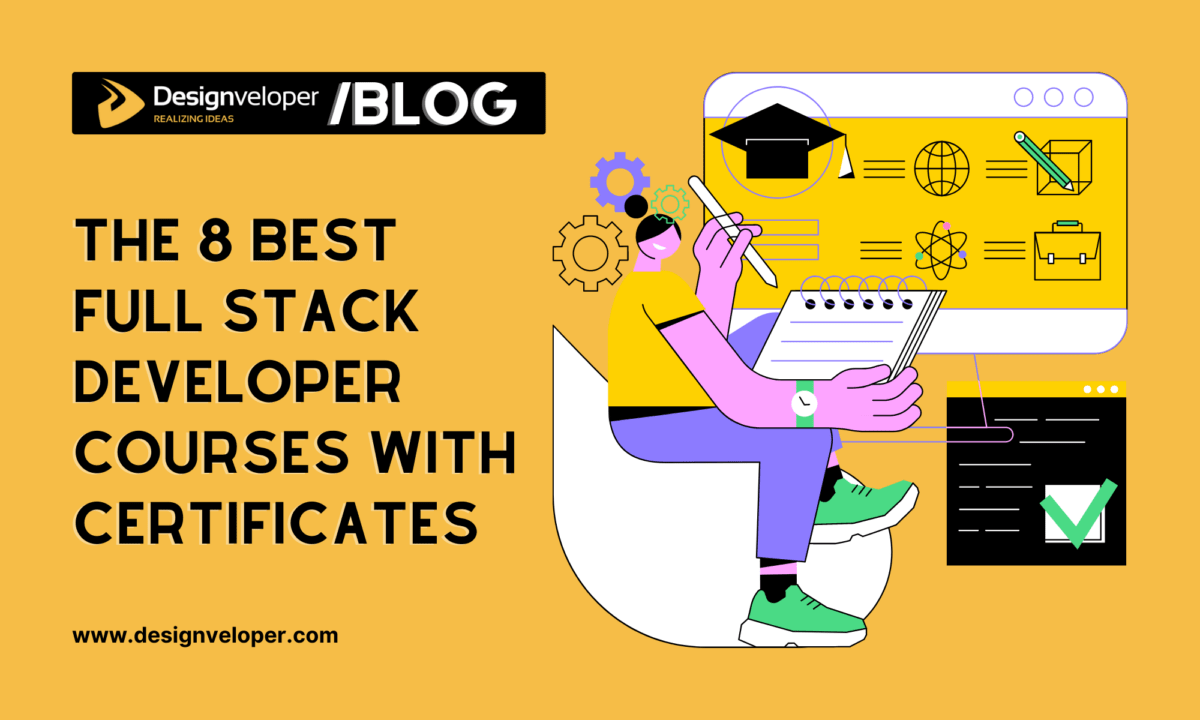Besides describing the Most Valuable Player, the word MVP also refers to a strategic methodology that has the potential to completely alter the course of mastering MVP development. The MVP, or minimum viable product, acts as a pivotal point, guiding companies through the challenges of introducing profitable goods. This in-depth manual will cover a wide range of topics, including the definition of MVPs, their many applications, kinds, examples of successful launches, benefits of MVP development, and a methodical, step-by-step process for creating one. Finally, we will highlight the general advantages of MVP development for company expansion, which starts usually at $15.000.
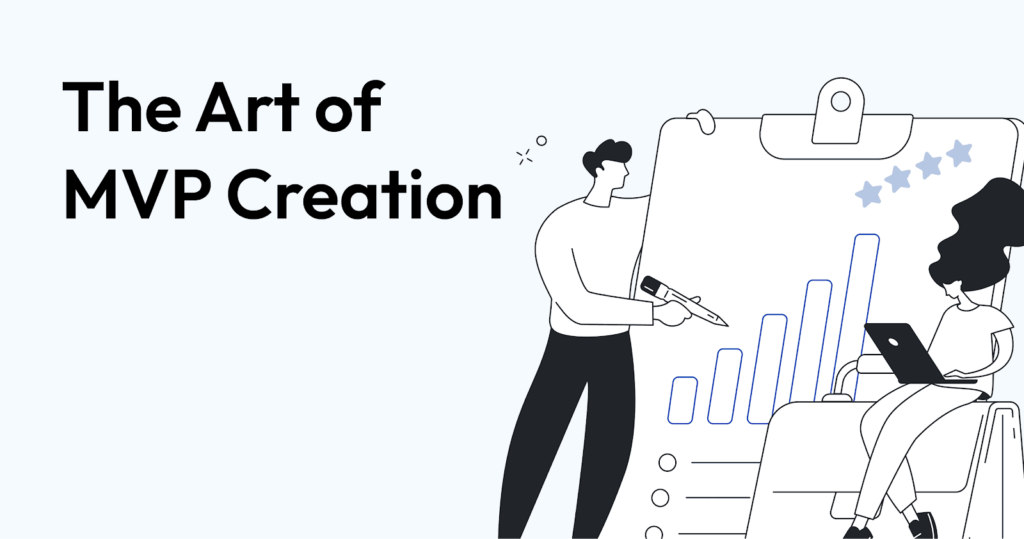
Decoding the Essence: What Sets MVPs Apart
An MVP is, in essence, the product’s most basic iteration that yields the most amount of validated learning with the least amount of effort. This tactical method guarantees that developers experiment before committing to a finished project, which is an important aspect at a time when flexibility and agility are paramount.
MVPs are adept at negotiating the complex terrain of product development rather than creating a Cadillac when a bicycle would suffice. MVP development process serves as a compass, helping companies navigate the jungle of unknowns by offering a fundamental version that summarizes the primary value proposition. Research from CB Insights indicates that startups that prioritize MVP development are 2.5 times more likely to be successful in the long term.
The Multifaceted Utility of MVPs
MVPs are flexible resources in the product development space, performing a variety of important functions well. Now let’s explore their diverse range of uses:
| Idea Validation | Risk Mitigation | Cost-Effective Learning |
|---|---|---|
| MVP development offers a systematic way to measure user engagement and market interest before devoting substantial resources to a full-scale solution. This initial stage is similar to a real-world litmus test for an idea’s feasibility. | MVPs considerably lower the risks involved in creating a finished product without sufficient market validation by providing an early platform for testing concepts. It’s the same as jumping into the market with a parachute on. | Minimum Viable Products (MVPs) enable the collection of priceless insights without the astronomical expenses usually linked to extensive product development cycles. MVPs are positioned as the preferred method for astute businesses in their economical learning procedure. |
The Tapestry of MVP Types
Not all MVPs are made equal; there are several varieties designed to meet particular requirements. Deploying the best strategy for your product requires an understanding of the subtle differences between the various MVP kinds.
1. The Concierge MVP: By providing a customized experience to a small group of users, this tailored strategy enables thorough feedback gathering prior to expanding operations. It’s the MVP equivalent of a white-glove service.
2. The Wizard of Oz MVP: well titled, this MVP uses simulated features to save resources while producing the appearance of a fully complete product. Without requiring a completely created product, user reactions are tested through magic that happens behind the scenes.
3. The Landing Page MVP: Companies may measure user interest through sign-ups and queries by implementing an engaging landing page, which offers a low-risk indicator of market demand. The online storefront opens or closes according to the amount of interest.
Mastering the MVP Development with Triumphs in Practice
The success stories of renowned entities underscore the potency of MVPs as a launchpad for triumph. Let’s delve into a few compelling examples:
1. Dropbox
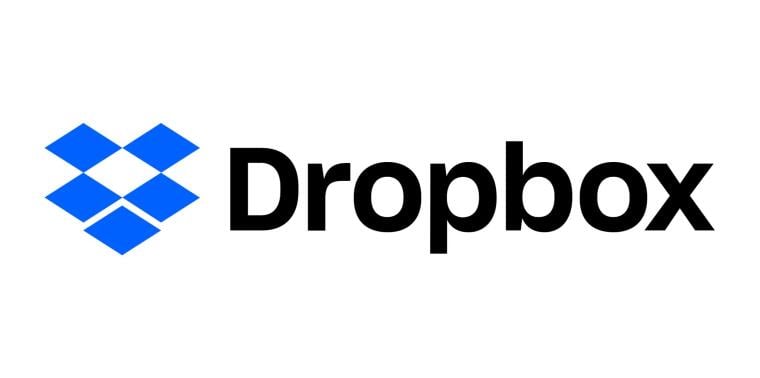
- Concept: Dropbox began as a simple file-sharing and storage solution.
- MVP Success: The founders created a basic video demonstrating the concept, and it quickly went viral. This demonstrated a strong demand for easy file sharing and storage. The MVP development allowed them to secure funding and develop the full-scale product we know today.
2. Zappos
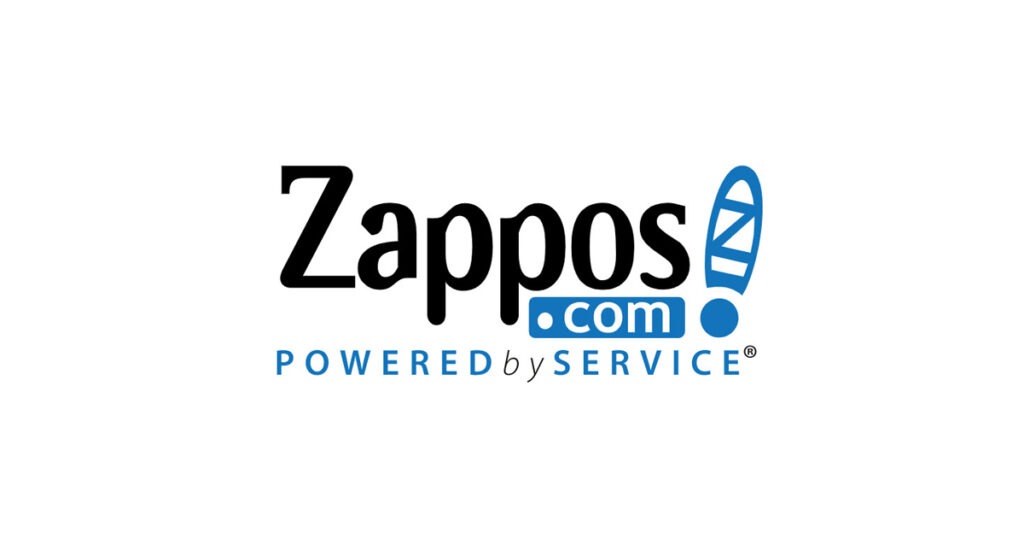
- Concept: Zappos, an online shoe and clothing retailer, started by testing the market with a simple website and inventory from local stores.
- MVP Success: Before investing heavily in inventory, Zappos tested customer interest. Once they saw positive responses, they expanded their operations. Zappos’ success demonstrates the importance of validating market demand before scaling.
3. Instagram
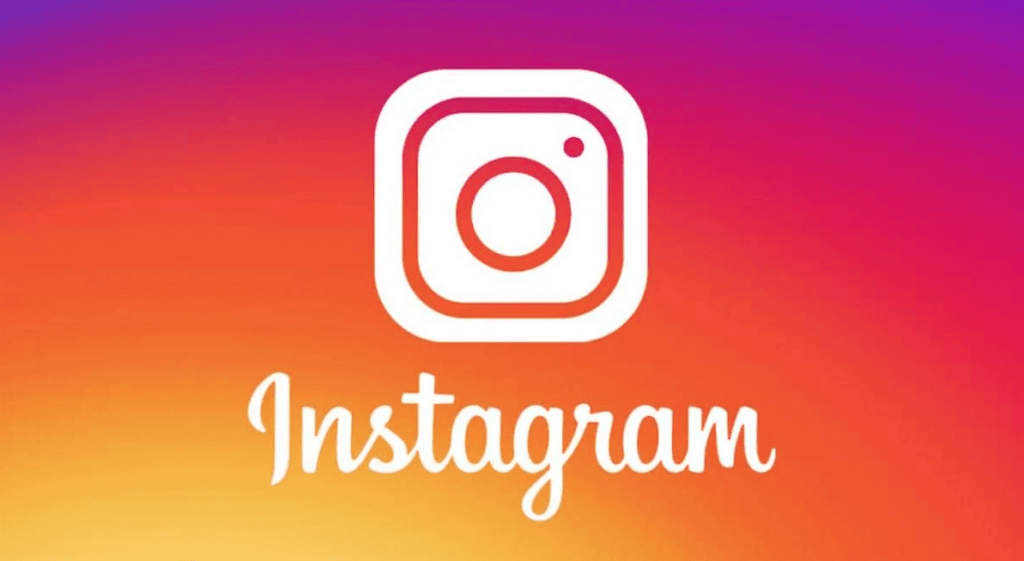
- Concept: Instagram’s MVP was a simple photo-sharing app with filters to enhance pictures.
- MVP Success: The app gained traction quickly due to its simplicity and the unique value it offered. Instagram’s success story emphasizes the importance of focusing on a specific, compelling feature in the early stages.
4. Airbnb
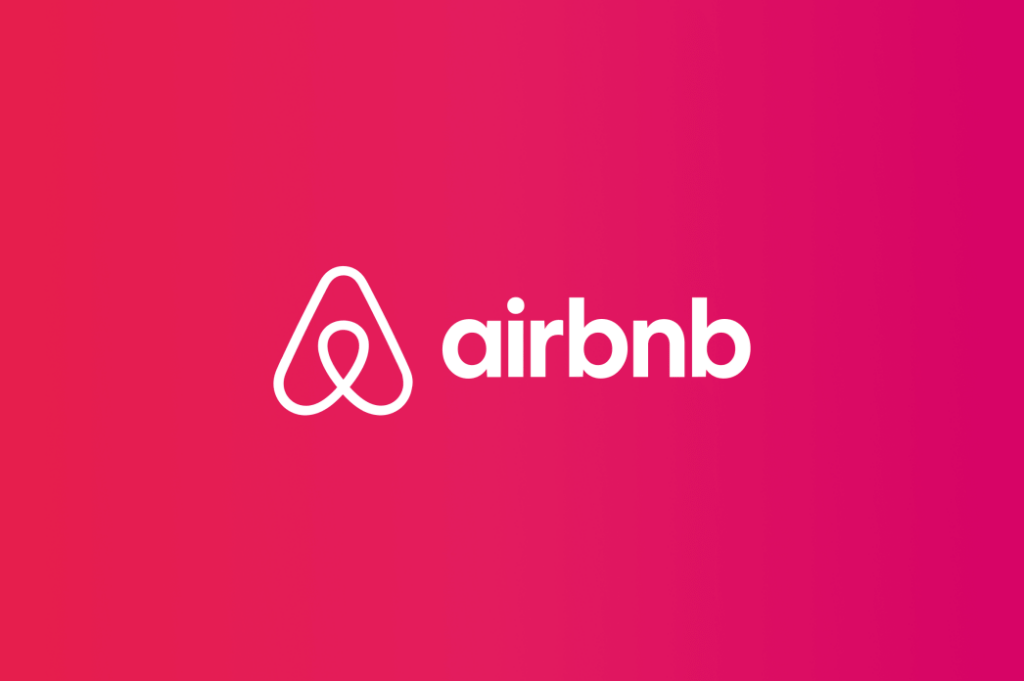
- Concept: Airbnb, originally “AirBed & Breakfast,” started with renting out air mattresses in a living room to conference attendees.
- MVP Success: By testing the concept during a major event, the founders gathered feedback and learned valuable lessons about user needs. This helped them evolve the platform into a global marketplace for short-term lodging.
Mastering the MVP Development Stages
The advantages of integrating MVPs into the product development process are manifold, with the following step-by-step guide:
| 1. Identify Core Value | Distill your product to its core value proposition, ensuring a razor-sharp focus on what sets it apart. This foundational step clarifies the essence of your offering. |
| 2. Build a Prototype | Develop a visual representation, providing users with an interactive experience without delving into complex coding. This prototype acts as a tangible manifestation of your vision. |
| 3. Collect Feedback | Release the MVP to a targeted user group, harvesting invaluable feedback to inform iterative refinement. The user-centric approach ensures that the final product aligns with user expectations. |
| 4. Iterate and Refine | Armed with user insights, refine the MVP iteratively, ensuring a streamlined evolution that aligns with market demands. The iterative nature of this process is key to adapting to changing market dynamics. |
The Journey Continues: Mastering the MVP Development
In navigating the challenging terrain of modern business, the MVP development approach emerges as a pivotal game-changer. Whether you’re a startup visionary or a seasoned entrepreneur, integrating MVPs into your development strategy might be the catalyst your business needs for unprecedented success.
As you embark on this transformative journey, remember: it’s not just about reaching your destination; it’s about the strategic lessons learned along the way. The MVP journey is a continuous evolution, and each iteration brings you one step closer to product perfection. Happy MVP mastery!
